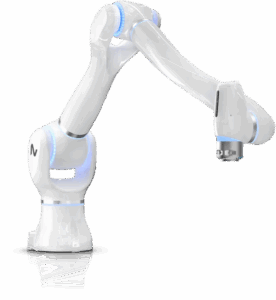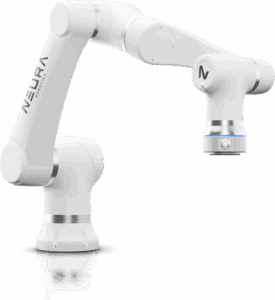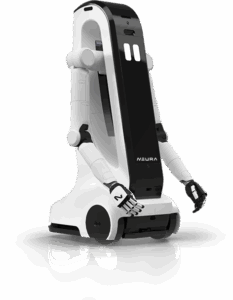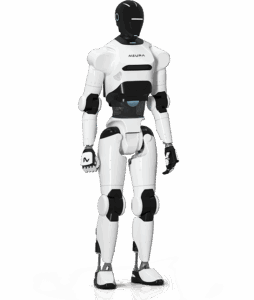Automation for Better Care - Robotics in Medical Environments
Reliable Robotics for High-Demand Healthcare Environments
Numerous industries are already successfully using collaborative robots, including the medical sector. In laboratories, they handle sample preparation, pipetting and test processing with high precision. Hospitals are using cobots for internal logistics, such as the transportation of medicines, laboratory samples or sterile materials. At the same time, they support compliance with hygiene regulations by disinfecting rooms and surfaces with UV light or spray systems. Cobots can therefore also be easily integrated into sterile areas, and as they work safely with humans, are ideal for busy healthcare environments.
Raising Hygiene Standards
By disinfecting rooms or surfaces, robots help minimize infection risks and reliably comply with hygiene regulations.
Laboratory Diagnostic Precision
Accurate pipetting and sample handling can ensure consistently high quality in tests and analyses.
Relief for Skilled Personnel
Collaborative robots take over monotonous or physically demanding tasks so doctors and nurses can focus on patient care.
Efficient Logistics in Clinics
Internal processes, such as the transport of medication or sterile materials, can be easily taken over by cobots.
Precision Laboratory and
Surgical Automation
Collaborative robots perform routine and repetitive tasks in modern laboratories and surgical settings with both speed and precision. In laboratories, they are used for pipetting, mixing, centrifuging and sample handling to ensure consistent results and reduce manual mistakes. In the field of surgery, collaborative robots assist with high-precision procedures, enabling minimally invasive operations with enhanced control and accuracy. From orthopedic procedures to delicate microsurgeries, these robots support medical teams by increasing precision, reducing fatigue, and improving patient outcomes.
Safe and Efficient Transportation
in Hospitals
In hospitals, autonomous mobile robots support internal logistics by transporting medications, lab samples, and sterile items across departments. These automated processes shorten walking distances for healthcare workers, improve delivery times and contribute to safe and sterile workflows. Designed to navigate dynamic environments and avoid obstacles, collaborative robots work safely alongside medical employees, enabling them to focus more on patient care.
Robotics for Hospital Hygiene
Compliance and Safety
Collaborative robots equipped with UV light or disinfectant sprayers are increasingly used to support hygiene protocols in hospitals. These systems autonomously disinfect patient rooms, surgical areas and medical equipment while reducing the risk of contamination. Cobots can follow scheduled cleaning routines and are particularly valuable during infectious disease outbreaks or in high-risk zones. This approach not only protects patients, but also all medical workers.




